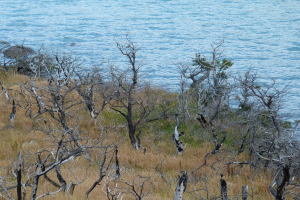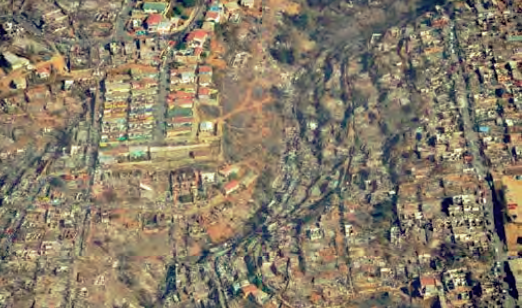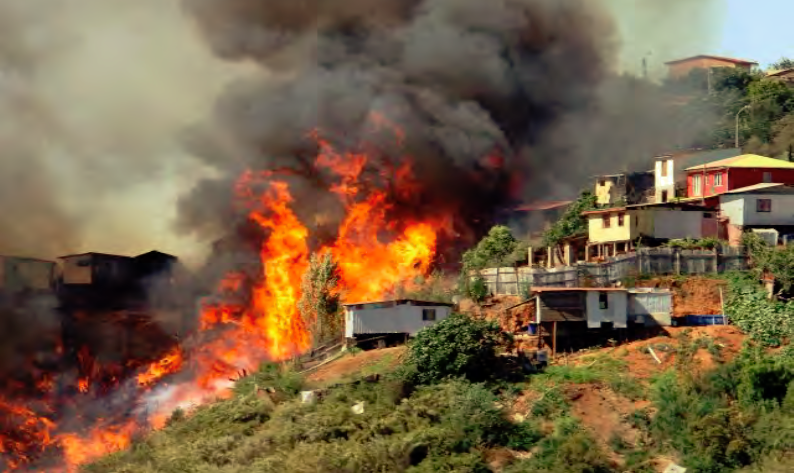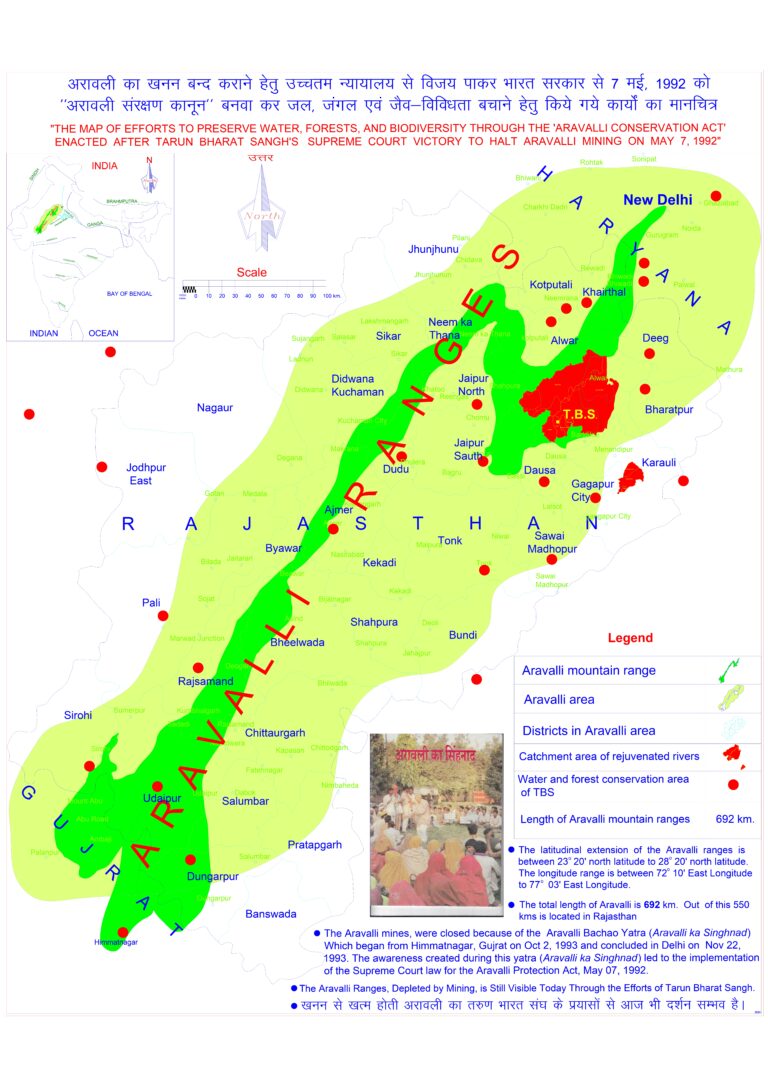
Production forests of Chile

Chile has around 18 million hectares of forest, of which just over 3 million hectares are plantation forests composed primarily of pine and eucalyptus species. In 2017, forestry employed over 100,000 people and earned more than USD5 billion in exports.
The establishment of plantations began in the 1970s, encouraged by government subsidies. They had the dual purpose of expanding the forest industry and helping to recover extensive areas of soil degraded by erosion. The proliferation of plantations opened the debate on the threat of fires, due to the increased availability of fuel and the establishment of extensive continuous areas where fire can spread rapidly and unconstrained.
Accumulation of flammable fuels in monoculture plantations and their low moisture content in dry periods, plus the increase in extended droughts due to climate change, generate increasingly frequent conditions conducive to high-intensity forest fires. The silvicultural practice of extensive tree thinning and pruning reduces the likelihood of crown fires, hence fire spread rate and intensity.

However, many plantations – especially those owned by small landowners – are not managed, increasing the risk of extreme fire events. Approximately 20,000 hectares of plantations and another 45,000 in native forests, grassland, and scrub, are burnt every year in Chile on average (however, in 2017 more than 500,000 hectares of plantations and 67,000 hectares of native forest were burnt).
In recent years, private and public approaches to integrating fire prevention and protection have been applied in both plantation and native forest areas. Agricultural and forestry owners have become more knowledgeable regarding the care necessary for the management of flammable vegetation.

The extreme fires of 2017 sparked a change and led to a review of fire management. Forestry companies in Chile are committed to meeting ecological and environmental goals, as well as advancing community and local engagement. This is an essential requirement for facing the challenge of increasing wildfire activity in the region.

Excerpts from Spreading like Wildfire – The Rising Threat of Extraordinary Landscape Fires. A UNEP Rapid Response Assessment. Nairobi. United Nations Environment Programme (2022).
– global bihari bureau





